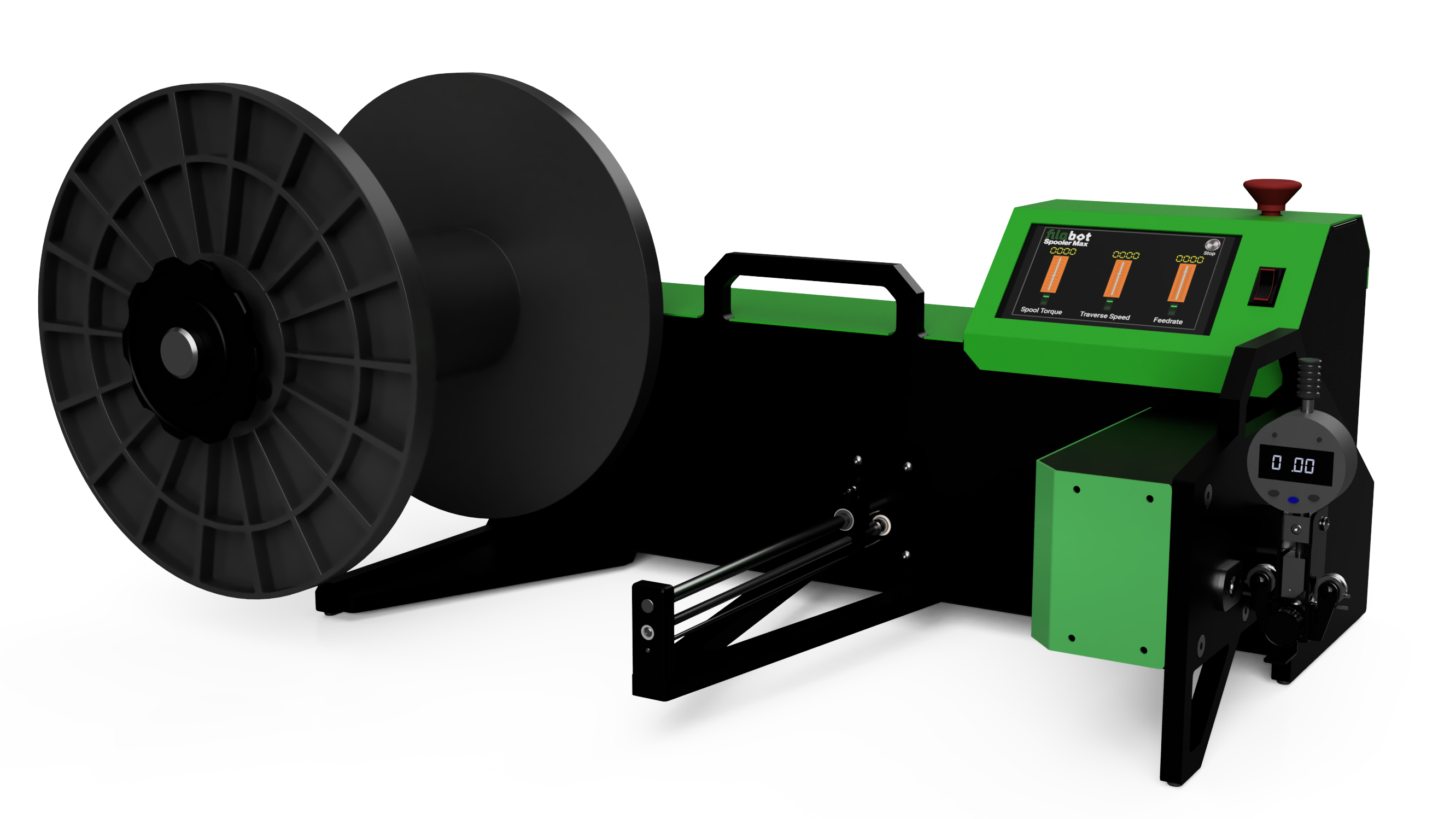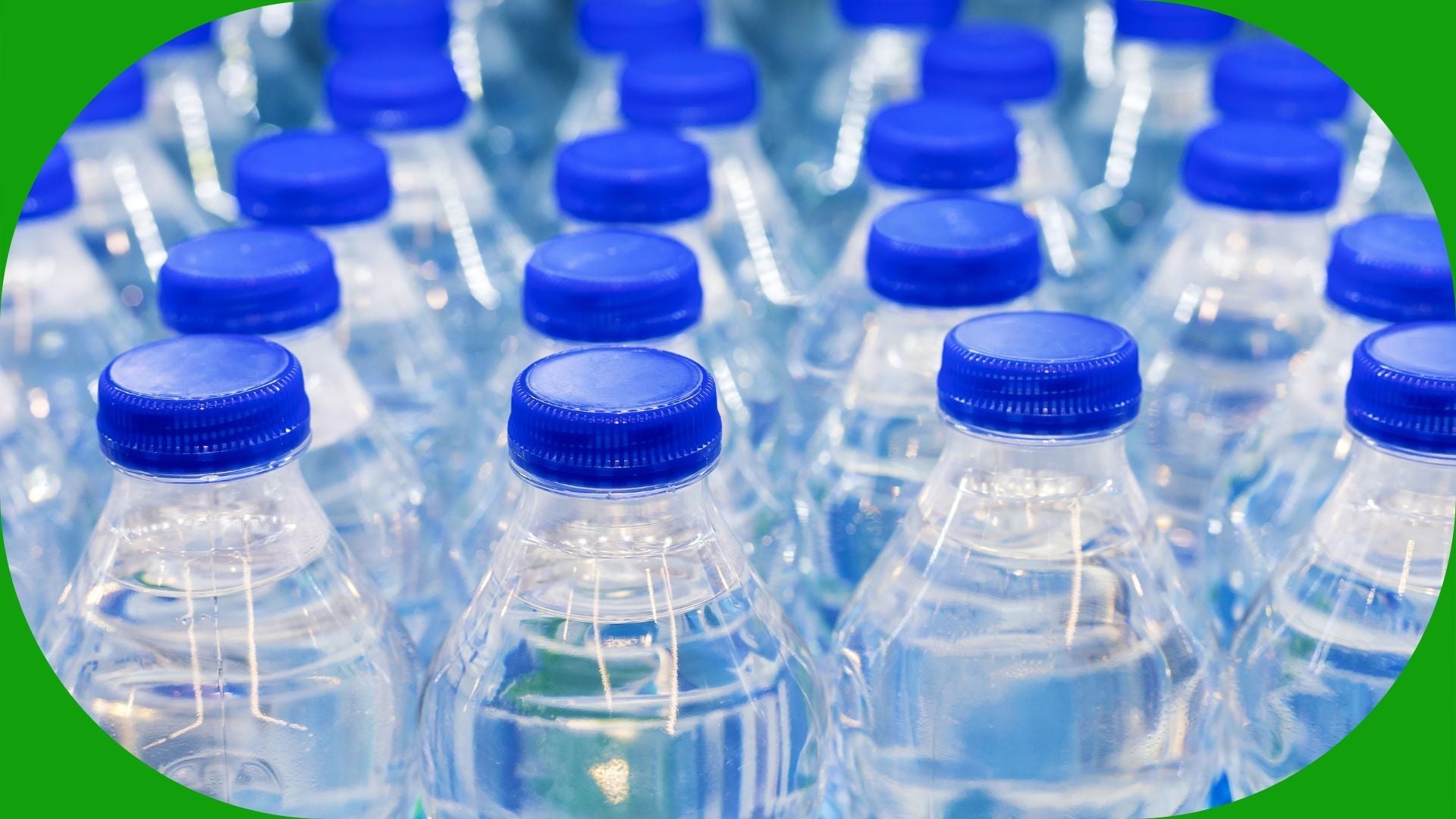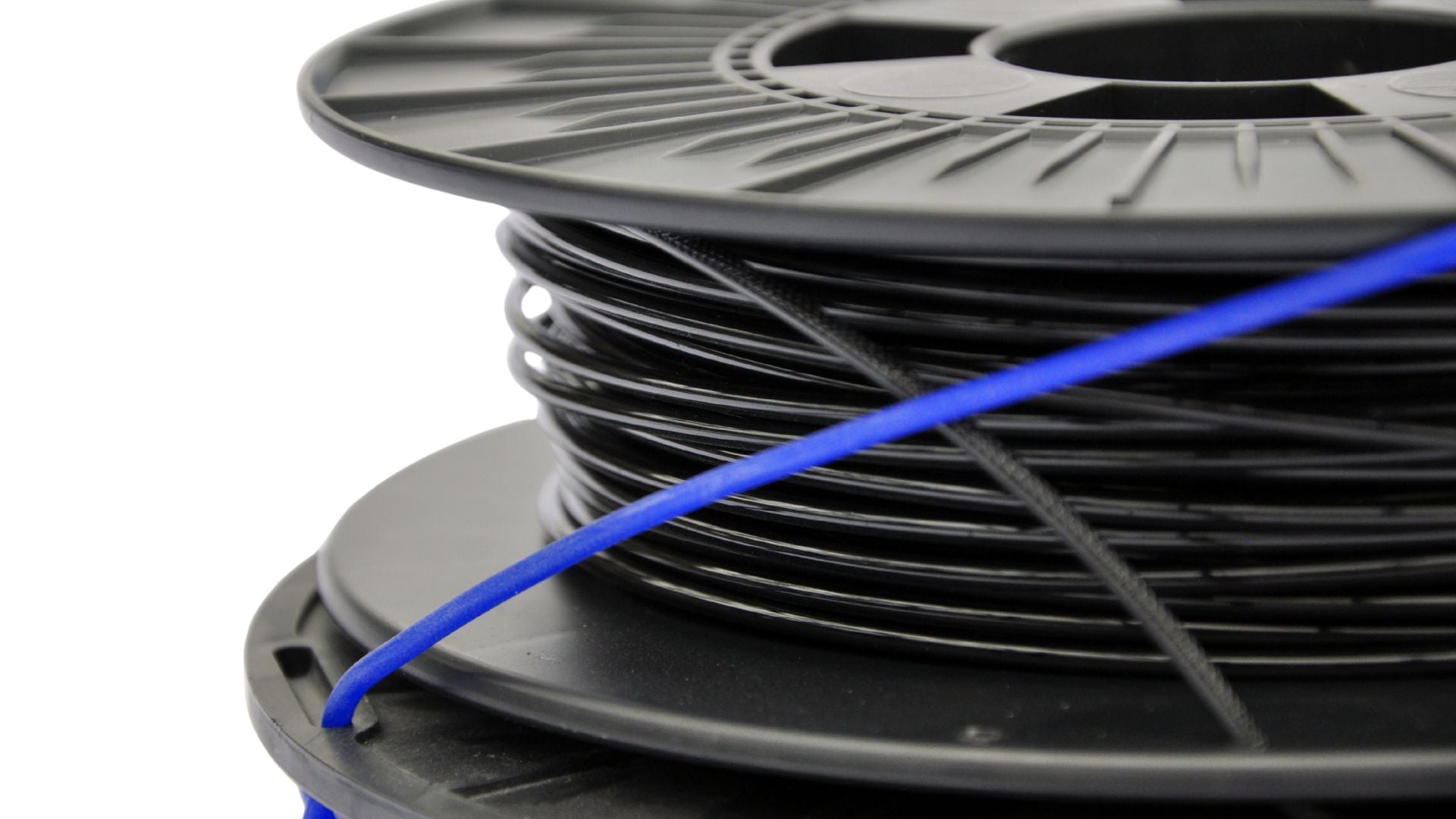With over 1,200 academic studies referencing Filabot, our platform has evolved beyond home recycling into a trusted resource for researchers and material scientists worldwide. These experts are exploring the full potential of recycled polymers, examining essential properties such as tensile strength, chemical stability, and lifecycle performance across multiple recycling cycles.
This post highlights recent peer-reviewed research using Filabot systems, showcasing how mechanically recycled PLA (polylactic acid) performs under rigorous testing—and the findings are highly encouraging.
Key Studies on Filabot-Enabled Recycling
Anderson, I. (2020) Mechanical Properties of Specimens 3D Printed with Virgin and Recycled PLA. 3D Printing and Additive Manufacturing, 4(2).
-
Recycled PLA samples exhibited only 2–11% lower mechanical properties compared to virgin PLA, but demonstrated 6.8% higher shear strength, highlighting reliable performance even on consumer-grade printers.
Al Nabhani, D. et al. (2023) Benchmarking the Tensile Properties of PLA Recycled Through Fused Granule Fabrication. Presented at the Solid Freeform Fabrication Symposium.
-
Results showed a minimal 3% loss in tensile strength and just 1.7% drop in modulus after four recycling cycles, maintaining strength across different print orientations.
Sibille, A. et al. (Feb 2025) The Sustainability of Recycled PLA via Fused Filament Fabrication: Environmental Impacts Across Cycles. International Journal of Advanced Manufacturing Technology, 137, 1915–1928.
-
Life Cycle Assessment (LCA) revealed environmental impacts decrease consistently over five recycling loops, confirming the ecological benefits of Filabot-driven recycling workflows.
Smith, J., Lee, K., & Park, H. (2023) Mechanical Characterization of Recycled vs. Virgin PLA Blends. Materials Science Journal.
-
Experimented with filaments ranging from 100% virgin to 100% recycled PLA. The study found 100% recycled PLA exhibited a remarkable 48% higher tensile strength than commercial virgin PLA, with blended filaments also showing superior strength.
Blair, M. (2023) Characterization of Mechanically Recycled PLA Filament for 3D Printing. Master's thesis, Clemson University.
-
FTIR and DSC analyses revealed minor chemical changes after recycling. Tensile strength decreased modestly from ~44.7 MPa to 40.5 MPa over three cycles, indicating usability despite slight degradation.
Industrial Tensile Study (2024) Comparative Study of 3D Printing with Virgin and Recycled PLA.
-
Concluded recycled PLA retained approximately 85% tensile strength and 60% flexural strength compared to virgin PLA, validating its suitability for engineering-grade applications.
Sola, A., Rosa, R., & Ferrari, A.M. (2024) Environmental Impact of Fused Filament Fabrication: What Is Known from Life Cycle Assessment? Polymers, 16(1986).
-
Systematic literature review confirmed that using recycled feedstock and optimized printing parameters significantly reduces environmental impacts.
Minetola, P. et al. (2024) Characterization of 3D Printed PLA via Fused Granular Fabrication: Accuracy, Porosity, Thermal & Mechanical Analyses. Polymers Journal.
-
Demonstrated that the pellet-based Filabot-style Fused Granular Fabrication (FGF) process consistently delivers excellent mechanical performance, precise control of porosity, and thermal stability.





